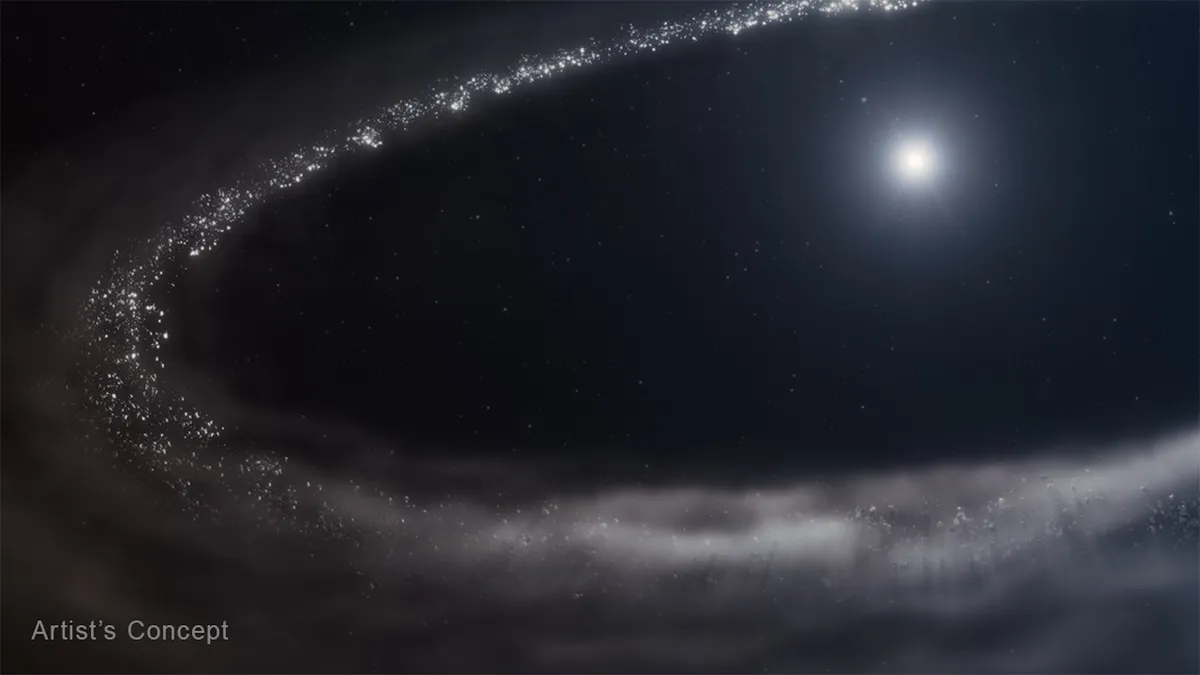The moon will appear slightly larger and brighter Monday night during what's known as a supermoon, marking the first of three such celestial events this year.
October's supermoon occurs when a full moon is closer to Earth in its elliptical orbit, making it appear approximately 14% larger and 30% brighter than a typical full moon. This phenomenon happens when the moon reaches its closest point to Earth, known as perigee, while simultaneously being in its full phase.
What Makes a Supermoon
"A supermoon occurs when the moon's orbit brings it within 90% of its closest approach to Earth," explained Dr. Sarah Johnson, an astronomer at the Royal Observatory Greenwich. "This creates a visually striking effect that's particularly noticeable when the moon is near the horizon."
The technical term for this phenomenon is "perigee-syzygy," referring to the alignment of Earth, moon, and sun when the moon is at its closest point to our planet.
Best Viewing Conditions
Astronomers recommend viewing the supermoon shortly after moonrise, when atmospheric effects can make the moon appear even larger due to an optical illusion. The moon will rise in the east shortly after sunset and will be visible throughout the night.
"The 'moon illusion' is particularly pronounced during supermoons," said Dr. Johnson. "When the moon is low on the horizon, it appears much larger than when it's high in the sky, even though it's actually the same size."
Upcoming Supermoons
This October supermoon is the first of three supermoons occurring in 2025. The next supermoon will appear on November 3rd, followed by another on December 2nd. Each will offer similar viewing opportunities for skywatchers around the world.
While supermoons are relatively common—occurring three to four times per year—they continue to captivate both amateur and professional astronomers. The enhanced brightness and apparent size make them ideal for photography and casual stargazing.
No special equipment is needed to observe the supermoon, though binoculars or a small telescope can enhance the viewing experience by revealing more surface details of Earth's closest celestial neighbor.









